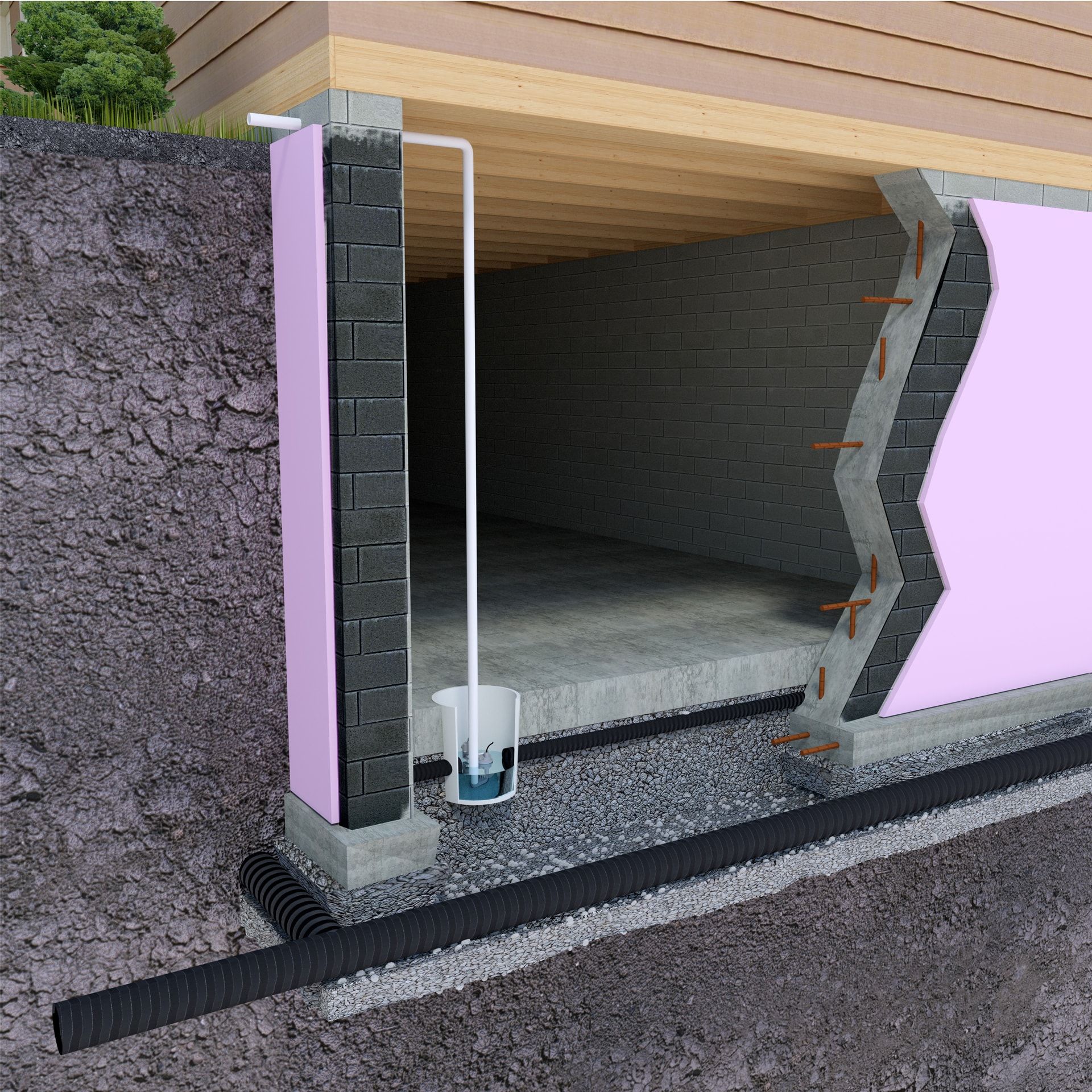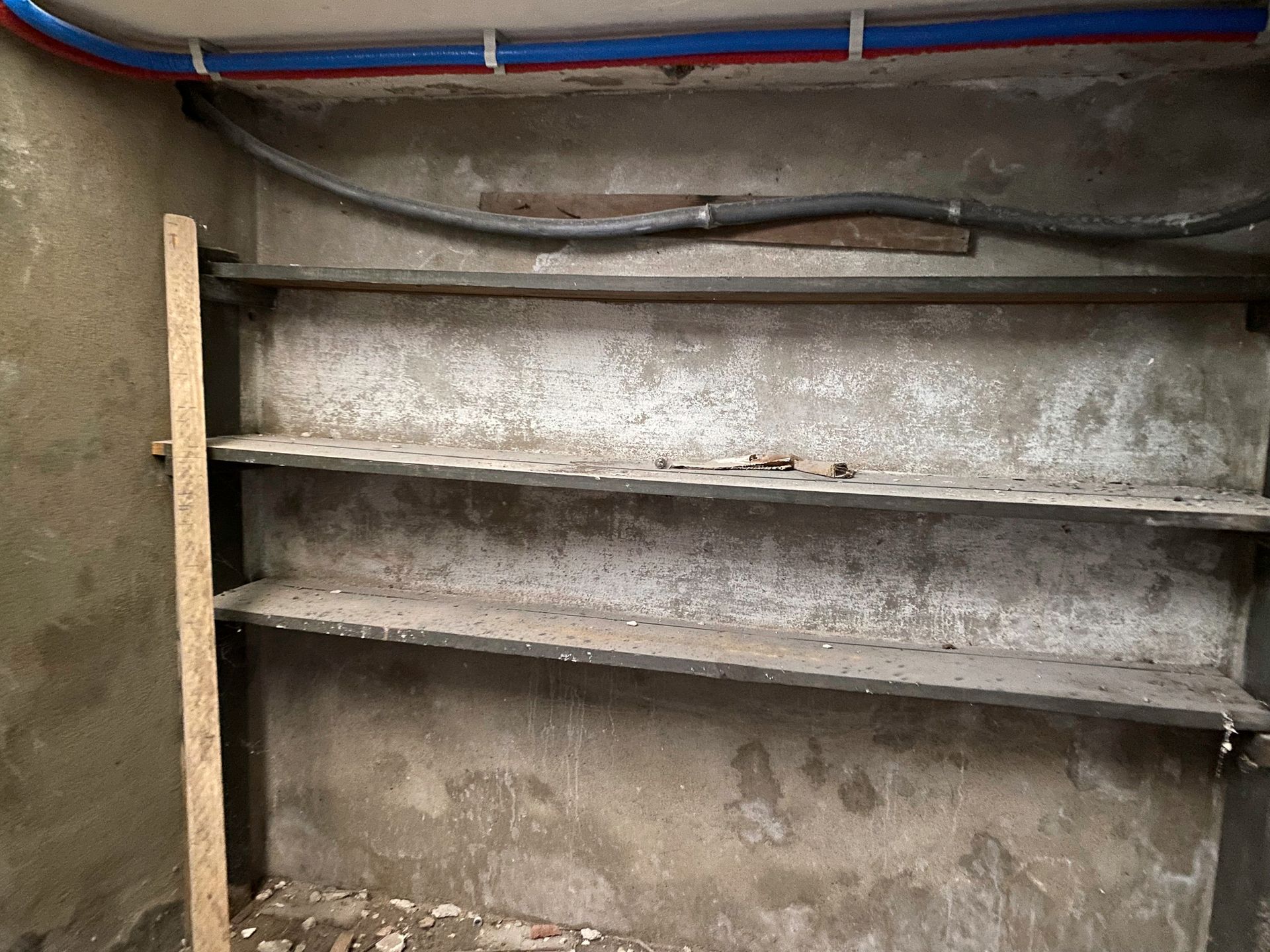Benefits Of An Interior Basement System And Wet Basement Health Risks
The Benefits of Interior Basement Waterproofing: A Complete Guide
As a homeowner, one of the most significant investments you can make is in your home. While it can be easy to focus on the cosmetic aspects of your property, it is essential to consider the functionality and safety of your home as well. One area that often goes overlooked is the basement, which can be susceptible to water damage. In this guide, we will go over the benefits of interior basement waterproofing, the process, cost, and how The Basement Ace can help relieve the stress of a basement with water issues.
Introduction to Interior Basement Waterproofing
Basement waterproofing is the process of protecting your basement from water damage. Interior basement waterproofing is one of two methods of basement waterproofing, with the other being exterior basement waterproofing. Interior basement waterproofing involves installing a drainage system and sump pump to remove water that enters the basement. Exterior basement waterproofing involves sealing the foundation walls and installing a drainage system.
Understanding the Causes of Basement Water Problems
Before we delve into the benefits of interior basement waterproofing, it is essential to understand the causes of basement water problems. Water can enter your basement through a variety of sources. One common source is groundwater, which can seep through the foundation walls or can create cracks in the floor for it to enter. Poor drainage around your home can also contribute to basement water problems.
Another common cause of basement water problems is a plumbing leak. If you have a leak in your pipes, it can cause water to accumulate in your basement. It is essential to address any plumbing issues as soon as possible to prevent water damage. The Basement Ace will always look to rule this out as a possible source before proceeding to identify other causes.
The Importance of Interior Basement Waterproofing
Interior basement waterproofing is essential for several reasons. First and foremost, it protects your home from water damage. Water damage can be costly to repair and can also pose health hazards due to the growth of mold and mildew. Additionally, water damage can weaken the structure of your home, which can be dangerous.
Interior basement waterproofing can also increase the value of your home. If you plan on selling your home in the future, having a waterproofed basement can make it more attractive to potential buyers. It can also give you peace of mind, knowing that your home is protected from water damage.
The Benefits of Interior Basement Waterproofing
One of the most significant benefits of interior basement waterproofing is that it can prevent water damage in a controlled environment, whereas an exterior solution can fail due to the exterior elements beyond control. A waterproofed basement is less likely to experience water damage, which can save you money in the long run. Additionally, a waterproofed basement can protect your belongings from water damage, including appliances, furniture, and electronics.
Interior basement waterproofing can also improve the air quality in your home. When water enters your basement, it can create a damp environment that is conducive to mold and mildew growth. Mold and mildew can cause respiratory problems, especially for those with allergies or asthma. A waterproofed basement can prevent mold and mildew growth, which can improve the air quality in your home. If there is currently mold or mildew growth in your home, The Basement Ace can offer you a solution to solve that health risk.
The Interior Basement Waterproofing Process
The interior basement waterproofing process involves several steps. The first step is to assess the extent of the water problem in your basement. The Basement Ace will inspect your basement and determine the best course of action.
Once the problem has been identified, if an interior solution is determined to be the best method, The Basement Ace will install a drainage system and sump pump. The drainage system collects water that enters the basement and directs it to the sump pump. The sump pump then removes the water from the basement.
Common Interior Basement Waterproofing Methods
There are several common interior basement waterproofing methods. Our preferred method is to install a French drain type of system along the footing using a Geo Channel drain tile. This product allows more volume of water flow than the standard perforated pipe. Clean ¾” stone is also installed along with the geo channel to add for more flow capability. We then install a “dimple board” to create a type of “L” that will go over the drain system and fold up the foundation wall about 2”-3” above where the concrete will be refinished. This dimple board allows water to enter at the cove joint (where the foundation wall meets the footer) the find the drain system easily, it is also an added safeguard that will catch any water infiltration from the wall from cracks etc. This system will typically connect with a sump pump basin with a sump pump to remove the water from the house to the exterior to a place where it will not reenter.
Sump pumps can also be installed with a battery backup to ensure that they continue to function during power outages.
Comparing Interior and Exterior Basement Waterproofing
While both interior and exterior basement waterproofing are effective, there are some differences to consider. Exterior basement waterproofing involves excavating the foundation walls and installing a waterproofing membrane. This method can be more expensive than interior waterproofing and there is no protection from failure due to the natural elements outside.
Interior basement waterproofing is less invasive and typically less expensive than exterior waterproofing. When you try to “block” water from the exterior it can lead to more pressure around the foundation which can then lead to cracking and structural damage.
The Basement Ace systems manage the water and direct it to where we can safely pump it out of the basement.
Interior Basement Waterproofing Cost
The cost of interior basement waterproofing can vary depending on the extent of the water problem and the size of your basement. Typically, the cost ranges from $2,000 to $10,000. However, it is important to note that the cost of water damage can far exceed the cost of waterproofing, making it a worthwhile investment.
How to Maintain Your Interior Basement Waterproofing System
Once your interior basement waterproofing system has been installed, it is important to maintain it properly. This includes regularly checking the sump pump to ensure that it is functioning correctly and keeping the drainage system clear of debris. The Basement Ace offers annual inspection programs to ensure that your system is running efficiently.
Additionally, it is important to address any plumbing issues as soon as possible to prevent water from entering the basement. Regularly inspecting your basement for signs of water damage can also help you catch any problems early.
The Importance of Investing in Interior Basement Waterproofing
An interior basement waterproofing is essential for protecting your home from water damage and improving the air quality in your home. While it may be a significant investment, it is worth it to prevent costly water damage and increase the value of your home. By choosing the right contractor and maintaining your waterproofing system, you can ensure that your home is protected for years to come.
The Hidden Health Dangers of a Wet Basement: What You Need to Know
A wet basement may seem like a minor inconvenience, but it can actually pose serious health risks. From mold growth to structural damage, the consequences of a damp basement can be far-reaching. In fact, many homeowners may not even realize the extent of the damage until it’s too late. Fortunately, there are steps you can take to prevent and address the issue. In this article, we’ll explore the hidden health dangers of a wet basement and what you need to know to keep your home and family safe. So, whether you’re dealing with a leaky basement or simply want to take preventative measures, read on to discover the importance of a dry and healthy basement.
Common causes of a wet basement
A wet basement can be caused by a variety of factors. One of the most common causes is poor drainage around the foundation of your home. When the soil around your home becomes saturated with water, it can seep into your basement through cracks or gaps in the foundation. Another common cause of a wet basement is a high water table, which occurs when the level of groundwater rises above the level of your basement floor. This can cause water to seep through the walls or floor of your basement. Other causes of a wet basement include clogged gutters, leaking pipes, and improper grading around the foundation of your home.
It’s important to identify the cause of your wet basement so that you can take appropriate measures to prevent it from happening again. In some cases, addressing the issue may be as simple as cleaning out your gutters or fixing a leaky pipe. In more severe cases, you may need to consider professional basement waterproofing solutions.
Health risks associated with a wet basement.
A wet basement can pose serious health risks to you and your family. One of the most common health risks associated with a damp basement is mold growth. Mold thrives in damp, humid environments, and a wet basement provides the perfect breeding ground. Exposure to mold can cause a variety of health problems, including respiratory issues, allergic reactions, and even neurological problems. In addition to mold, a wet basement can also attract pests such as rodents and insects, which can carry diseases and contaminate your home.
In addition to the health risks, a wet basement can also cause structural damage to your home. When water seeps into your basement, it can weaken the foundation of your home and cause cracks to form. Over time, this can lead to serious structural issues that can be expensive to repair. It’s important to address a wet basement as soon as possible to prevent these issues from occurring.
Mold and mildew growth in a wet basement
As mentioned earlier, one of the most significant health risks associated with a wet basement is mold growth. Mold thrives in damp, humid environments, and a wet basement provides the perfect breeding ground. Mold can grow on any surface that is wet or damp, including walls, floors, and even furniture. It can also produce a musty odor that can be difficult to eliminate.
Mold can cause a variety of health problems, including respiratory issues, allergic reactions, and even neurological problems. In addition to the health risks, mold can also cause structural damage to your home. When it grows on surfaces such as drywall or wood, it can weaken them and cause them to deteriorate over time. This can lead to costly repairs and renovations.
Structural damage caused by a wet basement.
In addition to mold growth, a wet basement can also cause structural damage to your home. When water seeps into your basement, it can weaken the foundation of your home and cause cracks to form. Over time, these cracks can become larger and more severe, leading to serious structural issues that can be expensive to repair.
In addition to cracks, a wet basement can also cause other types of structural damage, such as bowing or leaning walls. This occurs when the pressure from the water outside your home becomes too great, causing the walls to shift or bulge. This can be a serious issue that requires immediate attention from a professional.
Signs of a wet basement to look out for
It’s important to keep an eye out for signs of a wet basement so that you can address the issue before it becomes a serious problem. Some common signs of a wet basement include:
- Musty odors
- Visible mold growth
- Water stains or discoloration on walls or floors
- Cracks in your foundation or walls
- Bowed or leaning walls
- Damp or humid air
If you notice any of these signs, it’s important to act immediately to prevent further damage.
Steps to take if you have a wet basement.
If you have a wet basement, there are steps you can take to address the issue. The first step is to identify the cause of the problem. This may involve inspecting your gutters, checking for leaks, or investigating the grading around your home.
Once you’ve identified the cause of the problem, you can take steps to address it. This may involve cleaning out your gutters, fixing a leaky pipe, or sealing cracks in your foundation. If the issue is more severe, you may need to consider professional basement waterproofing solutions.
Professional basement waterproofing solutions
If you have a serious wet basement problem, it may be necessary to invest in professional basement waterproofing solutions. These solutions can include installing a dehumidification system, sump pump, sealing your basement walls and floor, and installing a drainage system to divert water away from your home.
A professional waterproofing solution can provide peace of mind and ensure that your basement stays dry and healthy. It’s important to choose a reputable and experienced waterproofing contractor to ensure that the job is done right.
Conclusion and the importance of addressing a wet basement promptly.
A wet basement may seem like a minor inconvenience, but it can pose serious health risks and cause structural damage to your home. It’s important to identify the cause of a wet basement and take appropriate measures to prevent it from happening again. If you do have a wet basement, it’s important to address the issue promptly to prevent further damage.
By taking preventative measures and investing in professional basement waterproofing solutions, you can ensure that your basement stays dry and healthy. Don’t wait until it’s too late – act today to protect your home and family from the hidden health dangers of a wet basement.
For more information on the health risks associated with a wet basement, please read this article from Live Science.


